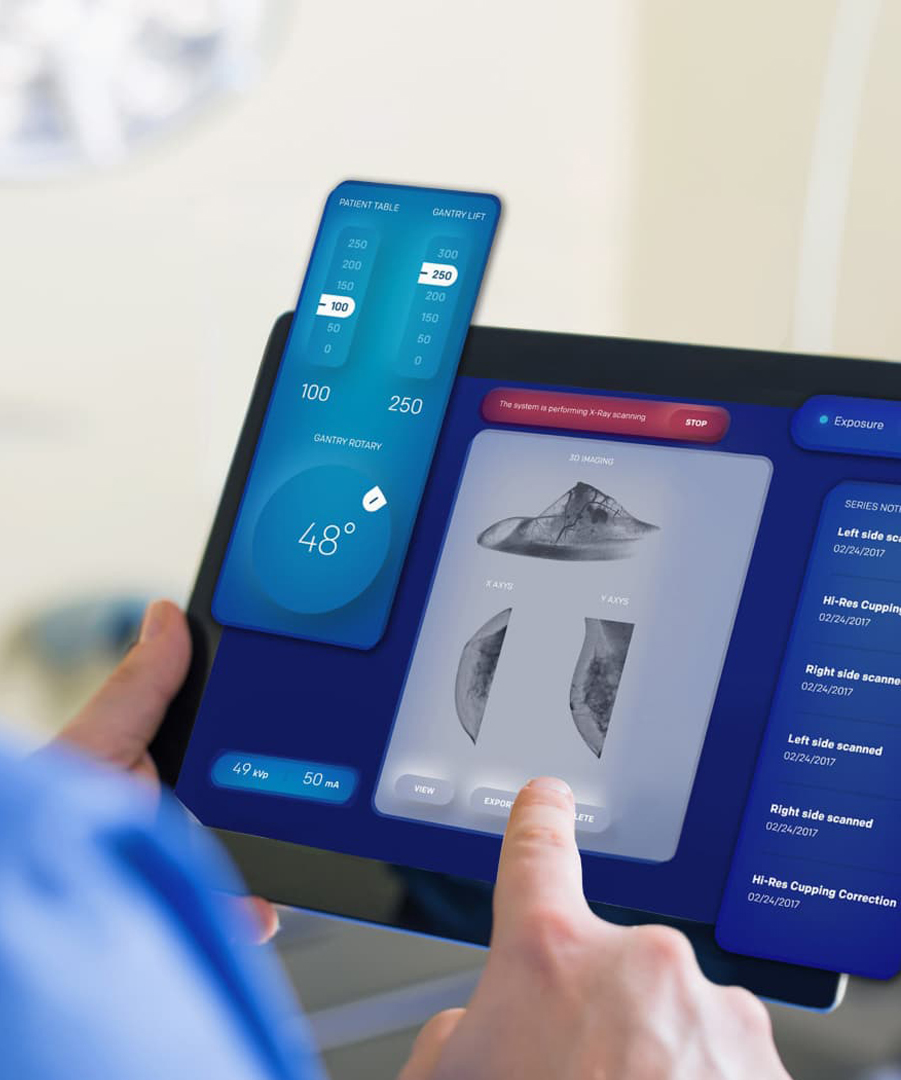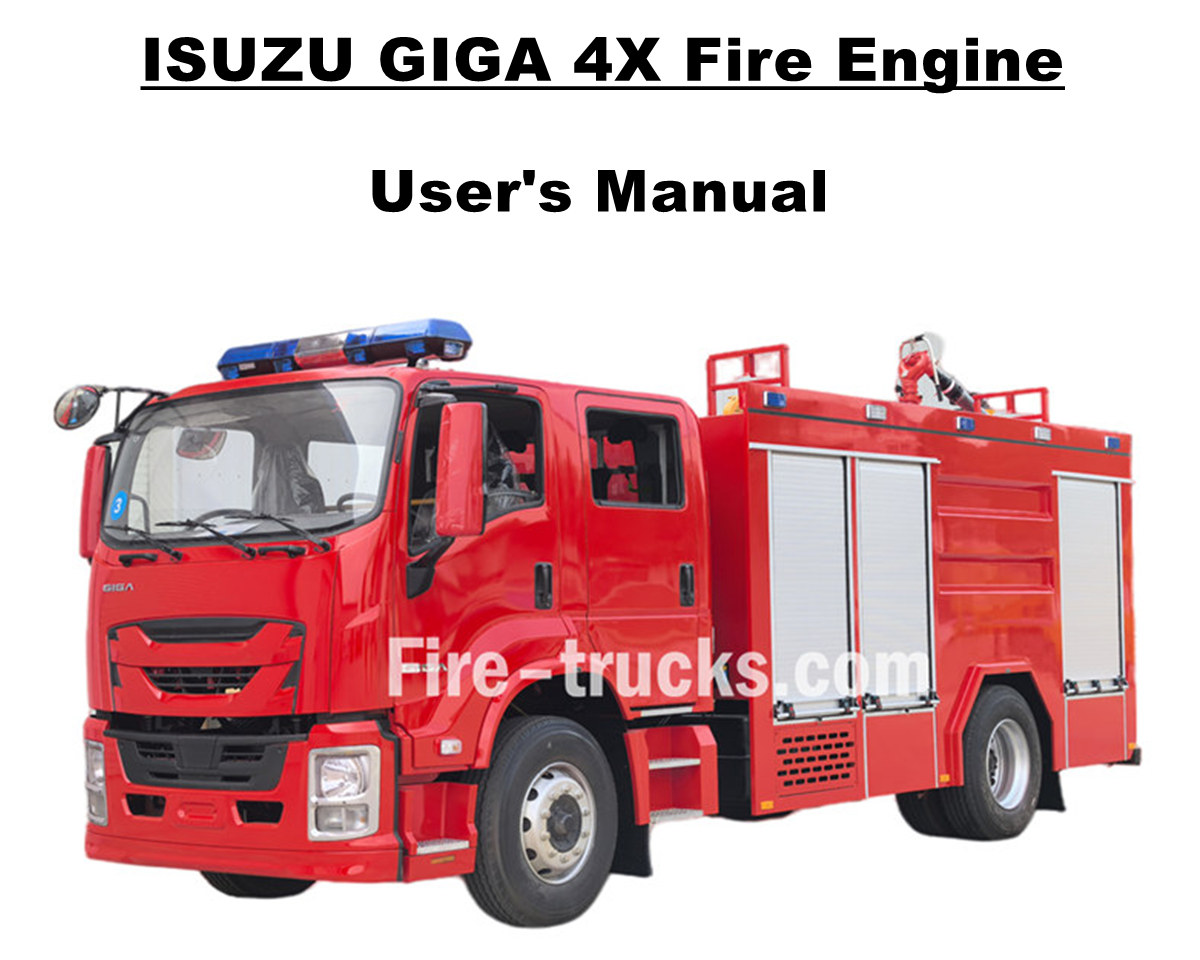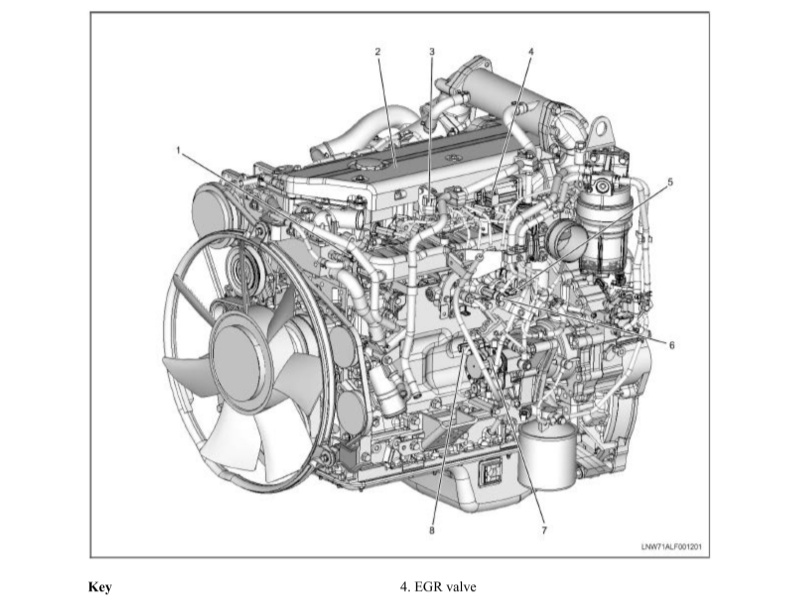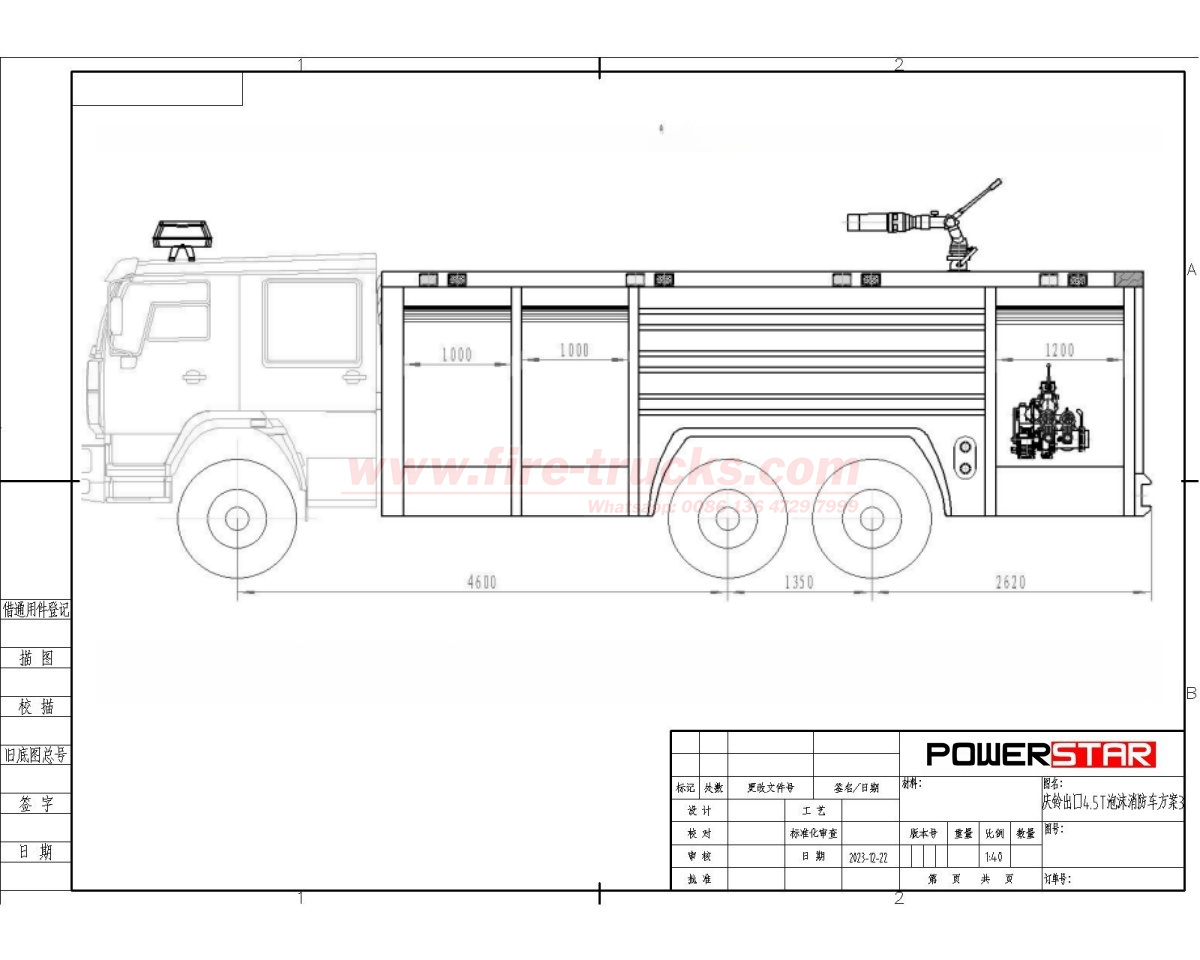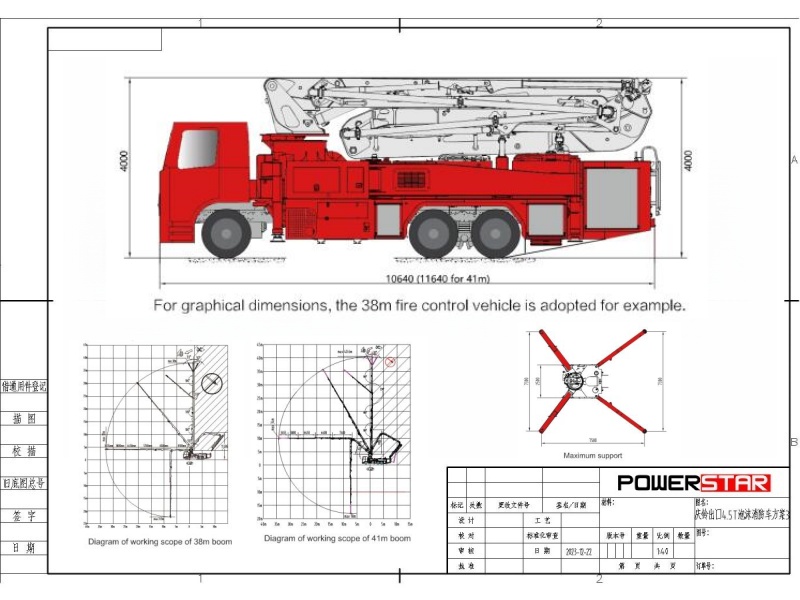Moldova ISUZU GIGA 4X 6000L fire fighting truck Operation manual
November 27, 2025
Moldova customers purchased 6 units Isuzu GIGA 4X airport fire rescue truck from POWERSTAR TRUCKS, and service for fire extinguishing project for multiple area. Fully rely on original ISUZU GIGA 4X truck chassis, modify GIGA 4X double-row cab with front 2+1 normal seats and rear 4 SCBA seats, in cabin equipped A/C with heating and cooling function for comfortable driving. Equipped with Japanese ISUZU diesel engine 4HK1-TCG60 with horse power 151kw / 205HP, which is a four-cylinder, four-stroke, water-cooled, turbocharged and intercooled engine, designed displacement of 5193cc standard, matched working with ISUZU MLD 6 shift manual transmission gearbox, 6 shift move forward and 1 shift move back, very lower fuel consumption, totally installed 7 units tubeless tires with model 295/80R22.5 model, very suitable for multiple kinds of road condition. Isuzu 5,000L Water 1,000L Foam Fire truck POWERSTAR factory is professional manufacturer in truck area,guarantee all products Brand-New and High-Quality. » Ⅰ. Firefighting Applications: ISUZU GIGA 4X newly designed 205HP fire fighting truck mounted with full set fire fighting equipment and people rescue tools, with efficiently water and foam jetting distance and flow rate, and suitable for multiple fire extinguishing work in city, factory, community, etc. Detailed advanced features as below: 1. ISUZU GIGA 4X Truck: Japanese ISUZU 4HK1-TCG60 model with 151KW / 205HP diesel engine 2. SS304 Material Tanker: Customized 5000L water tanker and 1000L foam tanker, all based on stainless steel SS304 3. CB10/40 Fire Pump: Rear mounted, with independent room, available pump in and pump out function CB10/40 fire pump Model: CB10/40Pressure: 1.0MpaMax. Working Pressure: 1.38MpaFlow Rate: 40L/s at 1.0Mpa, speed 3330±50r/min, power 60kW, suction depth 3m28L/s at 1.3Mpa, speed 3540±50r/min, power 59kW, suction depth 3m20L/s at 1.0Mpa, speed 3335±50r/min, power 42kW, suction depth 7mSpeed Ratio: 1:1.542 4. PL8/36 Fire Monitor: Top mounted, manual operaiton model with available jetting distance over 55m, efficiently and durable PL8/36 Fire Monitor Model: PL8/36 Pressure: 0.8Mpa Working Range: Foam ≥ 60m and Water ≥ 48m Vertical Rotation: -45° ~ +70° Horizontal Rotation: 0° ~ 360° Flow Rate: 36L/s 5. Integrated Control Device: ISUZU fire fighting trucks equipped with integrated control device at rear pump room, convenient and smart. » Ⅱ. Fire Engine Advanced Features: ISUZU GIGA 4X heavy duty rescue fire engine are an ideal fire fighting truck for fire extinguishing and people rescue. Which ha...
Read More
